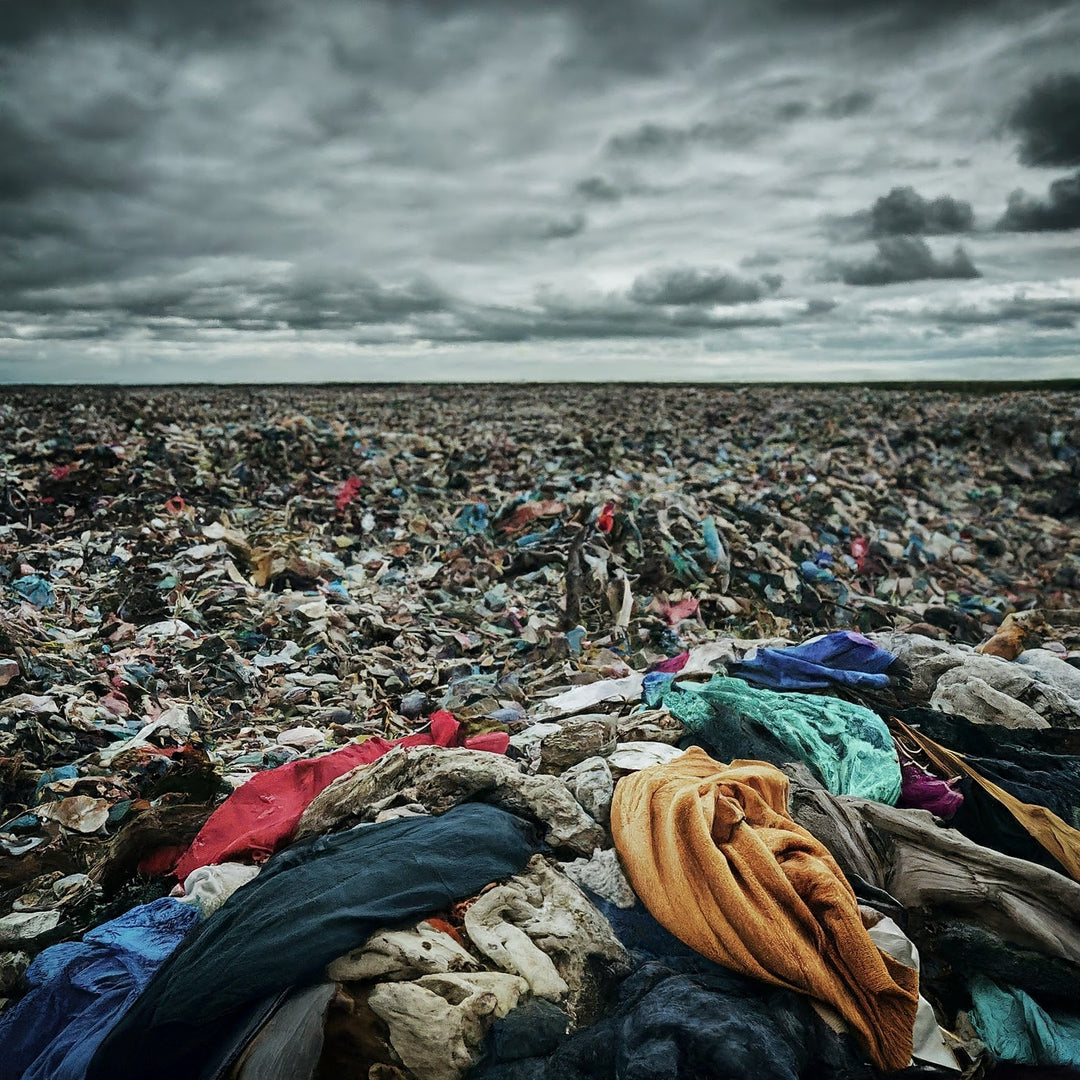Journal
In recent years, much of the world’s fashion production has been outsourced to developing countries. However, this doesn’t just affect emissions from shipment – developing countries also rely on fossil fuels to power the factories where garments are made, producing even more emissions.

The more clothing we wear, the more it ends up being thrown away. Fast fashion has drastically increased the amount of clothing we buy and wear – and how quickly it ends up in a landfill. We increasingly perceive garments as a disposable resource, one we can throw away and replace whenever we want.
Although the financial cost of a frequent disposal of clothing has gotten much more manageable; the environmental toll of this disposal is only increasing.
Currently, 85% of all rejected clothing ends up in a landfill or being incinerated. Only a small fraction is recycled, repurposed, or repurchased.

Although the carbon emissions produced during the production of the garments we wear are often overlooked, we must not forget about them when working towards a more sustainable lifestyle.

Leather is a very controversial material when it comes to the sustainable fashion community. While some praise it as a natural material, others critique the overall environmental impact, carbon footprint of leather production and animal cruelty.
However, what is often forgotten is the sheer amount of fashion waste of leather products and their potential to be turned into recycled materials. Leather can be recycled to produce timeless and durable leather pieces with a much lower environmental footprint. Here's how.



